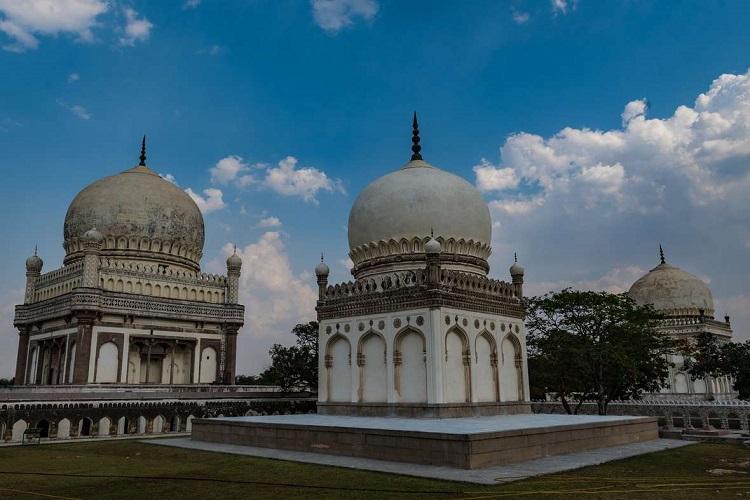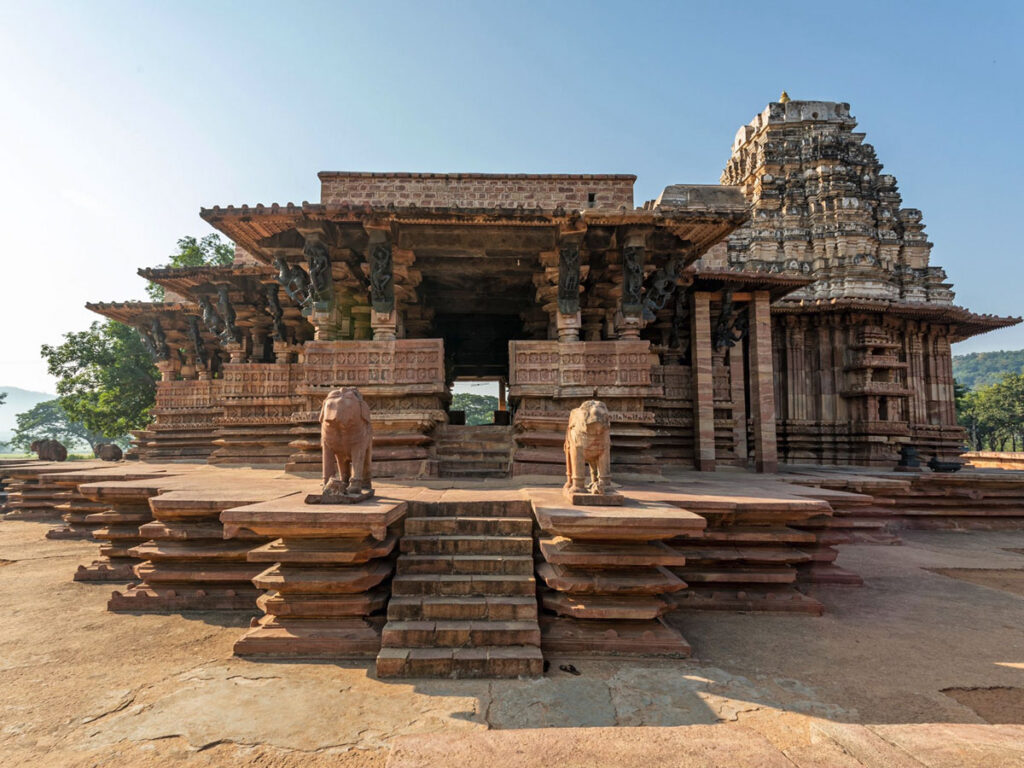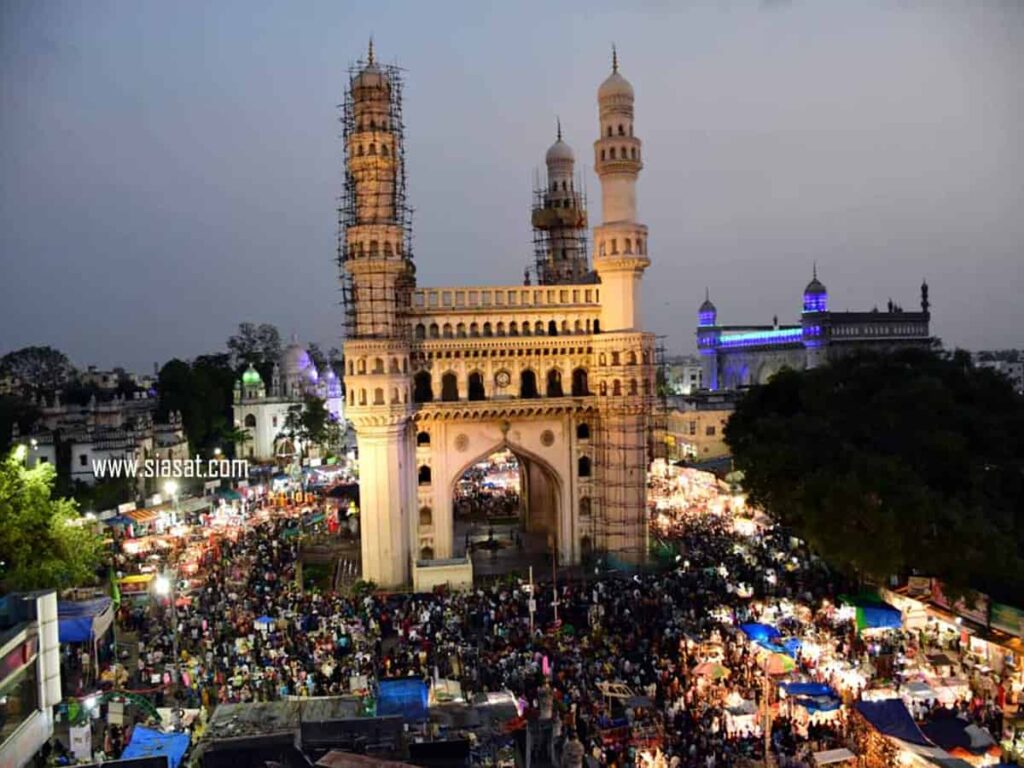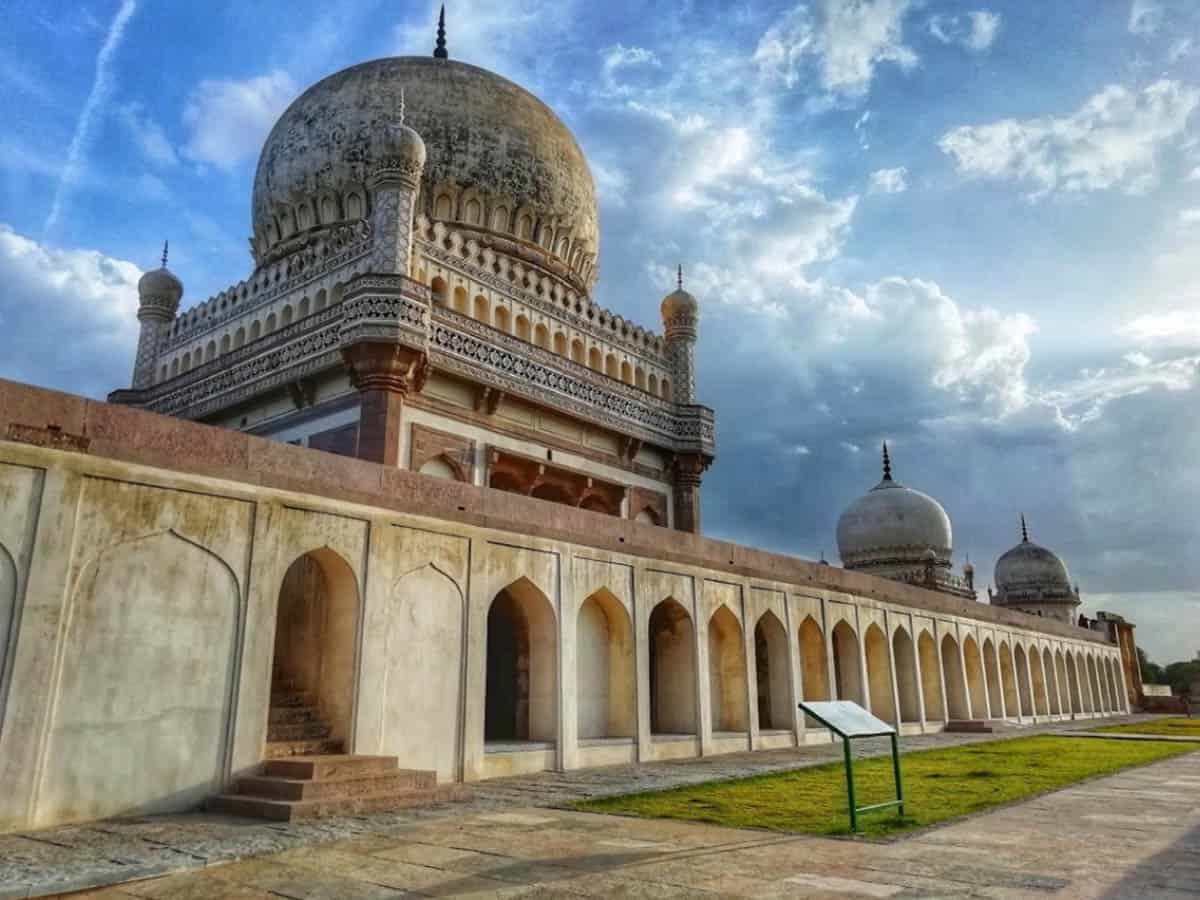Hyderabad: The Rudreshwara (Ramappa) temple getting the UNESCO World Heritage site is surely something to celebrate about, as it will now put Telangana on the global map as a tourist destination. However, given this development, the question begs to be asked: Why hasn’t the state government pushed forward other equally important monuments like the Charminar and the Qutb Shahi tombs as well?
Earlier attempts to nominate Charminar, Golconda fort, Qutb Shahi tombs
In the past, attempts were made earlier to try and nominate the 430-year-old Charminar, Hyderabad’s foundational monument, and the Golconda fort. But nothing came off it, given that there were several issues which the government had to fix. More recently, the Qutb Shahi tombs, as part of monuments from Deccan (including those from Bijapur and Gulbarga in Karnataka) were also supposed to be nominated as UNESCO World Heritage sites.
In fact, even if one leaves aside the Charminar and the Golconda fort, both of which are riddled with local encroachments, the Qutb Shahi tombs is quite possibly one of the perfect places, among many, to be nominated as a UNESCO World Heritage site. In spite of dossiers being prepared for all three monuments, it was all cast aside, and the Kakatiya-era Ramappa temple was chosen.
This is not to say that the Ramappa temple does not deserve to be a World Heritage site, because it does. However, it may be pointed out that like other major cities, which are tourist hubs, Hyderabad boasts of having several medieval era and later date structures, like the Charminar, Golconda fort, Chowmahalla palace, Nizams Museum, Salar Jung Museum, Jham Singh temple, Badshahi Ashurkhana, and many other places.
It would make a lot more sense for the government to push for monuments in Hyderabad, which draws the most tourists, to first have a UNESCO World Heritage site recognised in the city. It is to be seen if the Ramappa temple becomes a anchor to also draw tourists from other places to the state.

From Telangana, the Qutb Shahi-era Golconda fort, Qutb Shahi tombs and the Charminar (Hyderabad’s foundation, built in 1591) have also been on the tentative list to get the World Heritage site status. Nominated sites are also evaluated by the International Council on Monuments and Sites (ICOMOS) and the International Union for Conservation of Nature (IUCN). After all these steps (and others), the World Heritage Committee will evaluate the site and decide to inscribe it or send back the nomination.
Ramappa temple, a Kakatiya-era feature
In fact, the 13th century temple, named after its architect Ramappa, was not in a presentable state until last year thanks to restoration works going on in its premises. The International Council on Monuments and Sites (ICOMOS) cited nine issues at the site after its initial visit in 2019, following which finally everything was addressed.
The Ramappa temple is a 807-year-old temple, situated about 210 kilometres from Hyderabad. It is in Palampet village. It was constructed during the Kakatiya period, around the year 1214, by a general from the kingdom. The temple has an architecture which is said to be something that is considered a ‘symphony in stone’, and is dedicated to the god Rudreshwara.
It’s Gopuram (upper portion) is built with light bricks that were built with sandbox technology, which makes it very unique. The World Heritage site status was reportedly given to the Ramappa temple after 17 countries backed it.
Earlier, the ‘Glorious Kakatiya Temples and Gateways – Rudreshwara (Ramappa) Temple, Palampet’ examination as a World Heritage Site nomination was deferred in the agenda papers, reported The Hindu. However, July 25’s majority veered round to India’s view about the site’s outstanding value.
Why didn’t the Qutb Shahi tombs or Charminar make it?
In fact, as recently as a year ago, among 44 monuments that were in the tentative list for UNESCO’s World Heritage Site (WHS), the state government’s focus shifted to the Ramappa temple in spite of Telangana IT minister stating that they would work to include the Golconda and Charminar in it. In fact, about a decade ago, issues with regard to Charminar’s nomination came up due to the encroachments on and around it as well.
The Qutb Shahi tombs, which is the historic necropolis where the Golconda kings are buried, would have been the perfect nomination. The huge burial site of Hyderabad’s founding royalty has nearly 100 structures, which includes tombs, mosques and other structures. It has enough space for parking, toilets and even an interpretation centre. If properly developed, the complex here can easily even perhaps overshadow the Charminar as the city’s main attraction for tourists.

To be recognised a UNESCO World heritage site, a monument must comply with several checks and balances, like having toilets and parking around. Encroachments are another major issue that can be a hindrance. The Ramappa temple, Charminar and the Golconda fort come under the Aegis of the Archaeological Survey of India (ASI), while the Qutb Shahi tombs is controlled by the Quli Qutb Shah Development Authority and also the Telangana Department of Heritage.
“The Qutb Shahi tombs along with other Deccan monuments at Bijapur and Gulbarga had been nominated a little over few years ago. A whole bunch of monuments from the Deccan cities were chosen, but at the last minute, all of it was dropped and the Telangana government then went ahead with the Ramappa temple instead,” said a person involved in the process, who did not want to be quoted.
History of the Golconda fort and Charminar
The Golconda Fort’s origins are traced back to the 14th century when the Rajah of Warangal Deo Rai (under the Kakatiya Kingdom which ruled from Warangal) built a mud fort. It was later taken over by the Bahmani Empire between 1358 and 1375. It was later developed into a full-fledged citadel by Sultan Quli who founded the Qutb Shahi kingdom in 1518 following the death of last sovereign Bahamani emperor Mahmud Shah Bahamani.
Earlier, Sultan Quli was a commander and later governor of Tilang (Telangana), under the Bahamani Empire (1347-1518), when its second capital was at Bidar. Sultan Quli, who was originally from Hamadan, rose to the level of Governor under the Bahamani empire. At this point of time he was given the fort, which he began developing into a walled-city. It eventually came to be called Golconda Fort (name derived from Telugu Golla-conda, or shepherds hill).
The fort has 87 bastions, and eight gates, of which a few are not accessible to the general public as they are under army control. It is believed to be one of the Deccan’s most impregnable forts, and had kept Mughal emperor Aurangzeb’s army at bay for eight months when he laid siege to Hyderabad in 1687. Aurangzeb succeeded and ended the Qutb Shahi reign that year and took Abul Hassan Tana Shah, the last Golconda king, captive.
Charminar: The Charminar is Hyderabad’s foundational monument. Built in 1591, it was constructed to mark the city’s establishment by Mohammed Quli Qutb Shah, the fourth ruler of the Qutb Shahi (or Golconda) dynasty. Prior to the Charminar being built, the Golconda fort was a walled city, from where the first three kings Qutb Shahi kings had ruled.
After Hyderabad was founded, the fort was eventually turned into a military barrack. However, the fort was also the place from where the final Qutb Shahi-Mughal war was also fought in 1687, after Aurangzeb attacked the Golconda kingdom. He succeeded after an eight month long battle, after which the entire Qutb Shahi area was brought under Mughal territory.

The Nizams (Asaf Jahi dynasty), who ruled next, were high-ranking Mughal soldiers. The first Nizam, Mir Qamruddin Khan, attained the position in 1724 and ruled from Aurangabad, which was the capital of the Deccan (Nizam territory).

